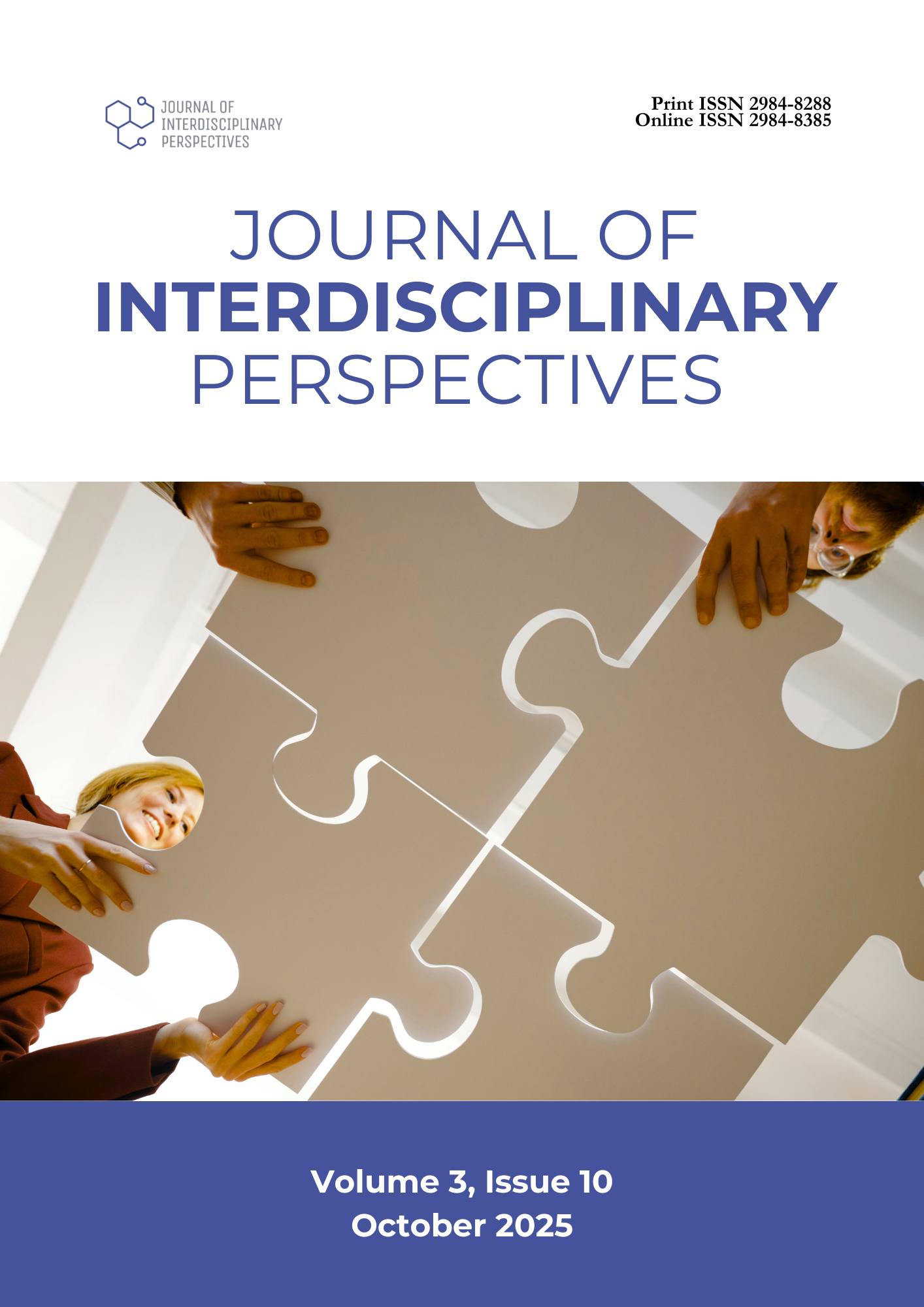Administrative Oversight and Faculty Autonomy: Implications for Governance in Higher Education
DOI:
https://doi.org/10.69569/jip.2025.655Keywords:
Administrative oversight, Faculty autonomy, Higher education governance, Organizational leadership, Structural frameAbstract
This quantitative study addresses a gap in governance literature by examining the underexplored relationship between administrative control and faculty autonomy in higher education. Drawing on Bolman and Deal’s Structural Frame, this investigation examines how governance structures impact faculty perceptions of independence in academic decision-making. Data were collected from 29 full-time faculty members using a validated survey instrument measuring administrative control and faculty autonomy. Descriptive statistics profiled respondents, and inferential methods—Spearman’s rank-order correlation and simple linear regression—tested the relationship between the two variables. Results show a statistically significant, moderate positive correlation between administrative monitoring and faculty autonomy (r = .42, p < .05), indicating that structured oversight may coexist with or even enhance perceived autonomy. However, regression analysis reveals that administrative control alone weakly predicts faculty autonomy (β = .21, p = .08), suggesting the influence of additional institutional or interpersonal factors. These findings provide evidence-based guidance for governance reform, underscoring the need for policies that balance structural oversight with supportive organizational cultures and relational dynamics to sustain faculty autonomy.
Downloads
References
American Psychological Association. (2020). Ethical principles of psychologists and code of conduct. https://tinyurl.com/4t8tvb7r
Becker, A. H. (2023). Shared governance and systems theory: A mixed-methods study of faculty perceptions and ideas. Higher Education Politics & Economics, 9(2), 22–47. https://doi.org/10.32674/hepe.v9i2.5974
Birnbaum, R. (1988). How colleges work: The cybernetics of academic organization and leadership. Jossey-Bass. https://tinyurl.com/4nnrh99y
Bolman, L. G., & Deal, T. E. (2017). Reframing organizations: Artistry, choice, and leadership (6th ed.). Jossey-Bass.
Bousquet, M. (2008). How the university works: Higher education and the low-wage nation. NYU Press. https://tinyurl.com/3zcecxhv
Creswell, J. W., & Creswell, J. D. (2018). Research design: Qualitative, quantitative, and mixed methods approaches (5th ed.). SAGE Publications.
Dara, D. (2024). An investigation of faculty members’ job autonomy, work satisfaction, and innovative work behavior indicators. International Journal of Academic Research in Business and Social Sciences, 13(12), 5983–5994. https://doi.org/10.6007/IJARBSS/v13-i12/19852
Dillman, D. A., Smyth, J. D., & Christian, L. M. (2014). Internet, phone, mail, and mixed-mode surveys: The tailored design method (4th ed.). Wiley.
Etikan, I., Musa, S. A., & Alkassim, R. S. (2016). Comparison of convenience sampling and purposive sampling. American Journal of Theoretical and Applied Statistics, 5(1), 1–4. https://doi.org/10.11648/j.ajtas.20160501.11
Evans, J. R., & Mathur, A. (2005). The value of online surveys. Internet Research, 15(2), 195–219. https://doi.org/10.1108/10662240510590360
Field, A. P. (2018). Discovering statistics using IBM SPSS statistics (5th ed.). SAGE Publications.
Kallio, T., Kallio, K. -M., Huusko, M., Pyykkö, R., & Kivistö, J. (2022). Balancing between accountability and autonomy: The impact and relevance of public steering mechanisms within higher education. Journal of Public Budgeting, Accounting and Financial Management, 34(6), 46–68. https://doi.org/10.1108/JPBAFM-10-2020-0177
Kezar, A., & Eckel, P. D. (2004). Meeting today’s governance challenges: A synthesis of the literature and examination of a future agenda for scholarship. The Journal of Higher Education, 75(4), 371–399. https://doi.org/10.1080/00221546.2004.11772276
Kezar, A., & Holcombe, E. M. (2020a). Shared equity leadership: Making equity everyone’s work. American Council on Education.
Kezar, A., & Holcombe, E. M. (2020b). Shared leadership in higher education: Important lessons from research and practice. American Council on Education. https://tinyurl.com/3w2kk2rk
Law, S. F. (2023). A systematic review of empirical studies on trust between university administrators, faculty, staff, and students. Innovations in Education and Teaching International, 60(4), 375–390. https://doi.org/10.1080/14703297.2023.2176598
Macfarlane, B. (2011). Professors as intellectual leaders: Formation, identity, and role. Studies in Higher Education, 36(1), 57–73. https://doi.org/10.1080/03075070903443734
Niwagaba, T. (2025). Building trust and transparency in educational management. Review of Research in Education, 51, Article 3. https://tinyurl.com/4j34e6d7
Pham, T. T. T., & Le, T. K. A. (2021). Academic staff’s participation in university governance—a move towards autonomy and its practical problems. Studies in Higher Education, 47(8), 1613–1626. https://doi.org/10.1080/03075079.2021.1946031
Riad, J. (2023). Curriculum management in higher education: An analysis using the four frames model. Curriculum & Teaching, 38(2), 37–52. https://tinyurl.com/5cxwr9nb
Tabachnick, B. G., & Fidell, L. S. (2019). Using multivariate statistics (7th ed.). Pearson.
Downloads
Published
How to Cite
Issue
Section
License
Copyright (c) 2025 Journal of Interdisciplinary Perspectives

This work is licensed under a Creative Commons Attribution-NonCommercial 4.0 International License.








